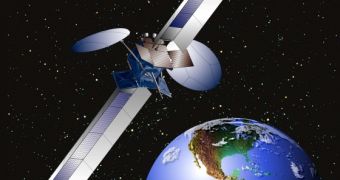There are extremely few vehicles that can attenuate the bumps and/or noises of a ride, especially when conditions are tougher than normal. And even those cannot reach the dampness level achieved by a novel technology from the French ARTEC Aerospace. The company's experts devised a vibration and acoustic attenuation system named Smart Passive Damping Device (SPADD®) that relies on enhancing a structure's damping mechanism by attaching a light energy-dissipating device.
This technique was initially developed for satellites, considering the large amount of noise and vibrations that they are subjected to, especially during launches. The ultra-strong vibrations and the high levels of noise (over 140 decibels) caused by the powerful thrusts are transmitted to the vehicle via the launch tower. Then, there's the Shockwave generated by reaching from subsonic to supersonic velocities, and the seismic-like shaking forced upon the satellite during the stage separation of the carrying rocket.
The breakthrough vibro-acoustic dampener SPADD can deal with all that, ensuring the satellite makes it safe and sound to its destination. And recently, through ESA's Technology Transfer Program Office (TTPO), this technology was assessed for non-space vehicle usage, in collaboration with German car company Daimler-Chrysler AG. The vehicle type that was targeted for tests was the saloon or coupe line.
Generally, when the top of such a vehicle is removed, the car loses a lot of its rigidity, causing ten times more torsion, rear mirror and steer wheel vibrations that make the ride far less comfortable. To counter all these, manufacturers typically increase the mass of the vehicle's body by about 50 kg. The SPADD system used on a Mercedes CLK roadster demonstrated that this was not necessary and that 30-40 kg of the stiffening elements' mass could be ruled out, increasing performance and decreasing cost simultaneously.
It remains to be seen who will adopt this technology and how much it will affect drivers and customers.

 14 DAY TRIAL //
14 DAY TRIAL //